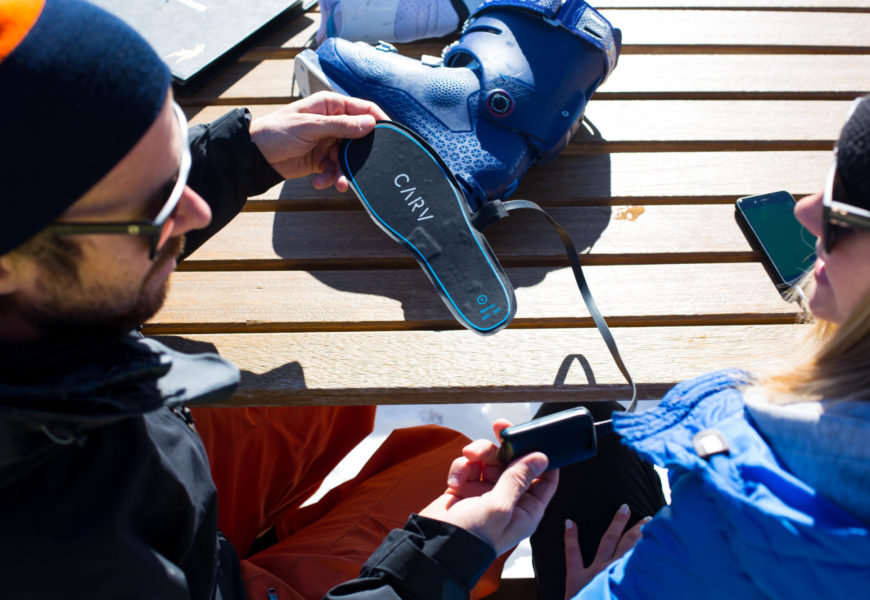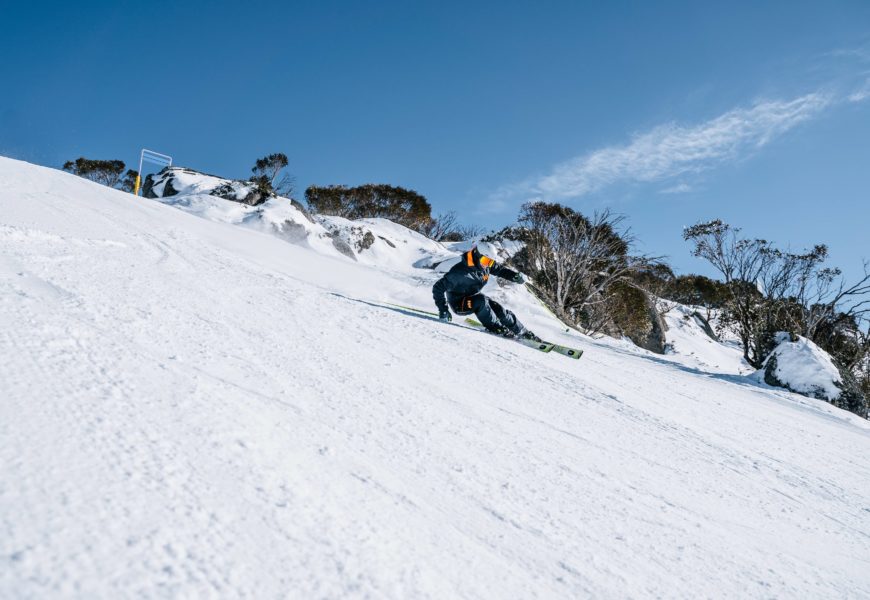The Ultimate Pre-Season Ski Workout

Votes:
Ski fitness is such an important (and often overlooked) factor in progressing your skiing. By improving your balance and strength using the guide below you'll find it easier to develop your parallels and carving turns this winter so you can style it out from the first lift until the apres bar.
The core of any ski fitness regime is strength, mobility, and endurance. In reality, most of us are feeling the burn of intense physical activity by day 3 of the trip! Soreness and joint pain builds up over time, preventing you from getting out on the slopes as much as you want and hampering your enjoyment while you’re there.
Relatively little time spent with the right exercise regime can really improve your endurance and cut the chance of picking up an injury that might (literally) hamstring your precious slope time.
How to use this guide
- Select 1-2 workouts below based on your skiing goals
- Start 4-6 weeks before your trip to give your body time to adapt
- Follow the videos every week (giving yourself a few days off between each workout)
Quick Links:
Strengthen your core
Build legs of steel
Balance and proprioception
Power and agility
Recover quicker
Postural support: Strengthen your core
Great for Ski:IQ 60-120
Your core is responsible for posture and much of your ability to balance when skiing. Working this area will improve your stance and allow you the control to position your body more easily as you ski new terrain.
Aim for a balance between static and dynamic exercises - static exercises will help to build strength, and dynamic exercises are important to improve endurance and avoid injury. The video below, from CMH Heli Ski helps you build a solid core for your trip (whether or not you have the luxury of heli).
Hello core, my old friend
All-mountain technique: Build legs of steel
Great for Ski:IQ 60-120
Your leg muscles are what you’ll be counting on every day on the slopes. Building leg strength and flexibility will give you greater endurance, help you make stronger turns and support you in tricky conditions.
Leg strength focuses on squats as the core of any workout - you’re going to be in this position a lot on the slopes, so it’s best to get used to it now! Throw in some dynamic exercises like glute bridges to develop flexibility.
Advanced skiers will want to start doing exercises on a single leg to build the strength so your outside leg can cope with the forces exerted on your body when carving.
Rumour has it that professional ski racers experience similar G-forces to fighter plane pilots. You’ll have to ski with Carv and try the G-force challenge to find out what your own G force is!
Here, former British national champion skier Chemmy Alcott takes you through a mixed leg and core workout. If this is too easy, jump to our more intense recommendations below:
If this is feeling comfortable, move on to our fourth choice.
All-mountain technique: Balance and Proprioception
Great for SkiIQ 60-150
Balance is crucial to both good technique and endurance. Many beginner skiers have a tendency to “sit back” on their skis, rather than putting their weight on the ball of the foot. Not only does this make it harder to turn, it causes unnecessary strain on the leg muscles and joints.
Another important skiing skill is proprioception. It’s not widely used in most gym situations, but proprioception is your body’s ability to know where your limbs are at all times - it’s why you can kick a ball without having to look at your foot!
We use this sense every day without thinking about it, but it can be trained, and when dialled in will help you keep perfect position every time you ski - without requiring you to think about it.
Ski instructor and body alignment specialist Tom Gellie walks you through a few simple exercises for training your balance and proprioception in this video.
Work on your fine motor control and your skis will reward you.
Moguls, Slalom, Off-piste: Power and Agility
Great for SkiIQ 120-150
Are you looking to get an edge in challenging conditions like off-piste and moguls?
Power and agility are vital for skiing these turns, where control of the joints while absorbing and flexing are required as you ski tough terrain. Train with quick, explosive movements like jump squats. If you’re 6’4’’ like some of the Carv team, just watch the height of your ceiling!
Fitness Blender have a great ski-focused workout with lots of dynamic movements that will have you making side to side leaps onto a postage stamp in no time.
This one's a real thigh burner. No pain no gain.
When in-resort: Recover quicker
Great for any Ski:IQ
Although it might sound counterintuitive, the days when you take it easy can be the real key to getting back out and skiing well each day this winter. You don’t have to hit the resort spa to relax - one simple tactic can stimulate your muscles even on an off-day.
Use a foam roller to massage the leg muscles.
When you exercise, you muscles can clump together, preventing them from expanding and contracting uniformly - what we feel as “knots” in the muscle. Foam rolling removes these knots and keeps muscles limber and well supplied with blood.
Fifteen minutes of rolling each day will stop that painful soreness in the mornings and make sure you stay loose for the whole trip.
British Olympian Dave Ryding takes you through how to do it in more detail in this video:
Get more from each day with these tips
As with any exercise, stay hydrated and don’t overdo it - stop if you feel tired or hurt, and if you have any injuries make sure to consult a doctor or physio before attempting anything you’re unfamiliar with.
With a little preparation, these exercises will help any level of skier get the most out of their time on the piste. It's hard to keep improving when your legs are screaming for a hot chocolate/vin chaud stop! For more advanced skiers, really working on fitness will improve your ability to conquer challenging terrain and demanding runs.


